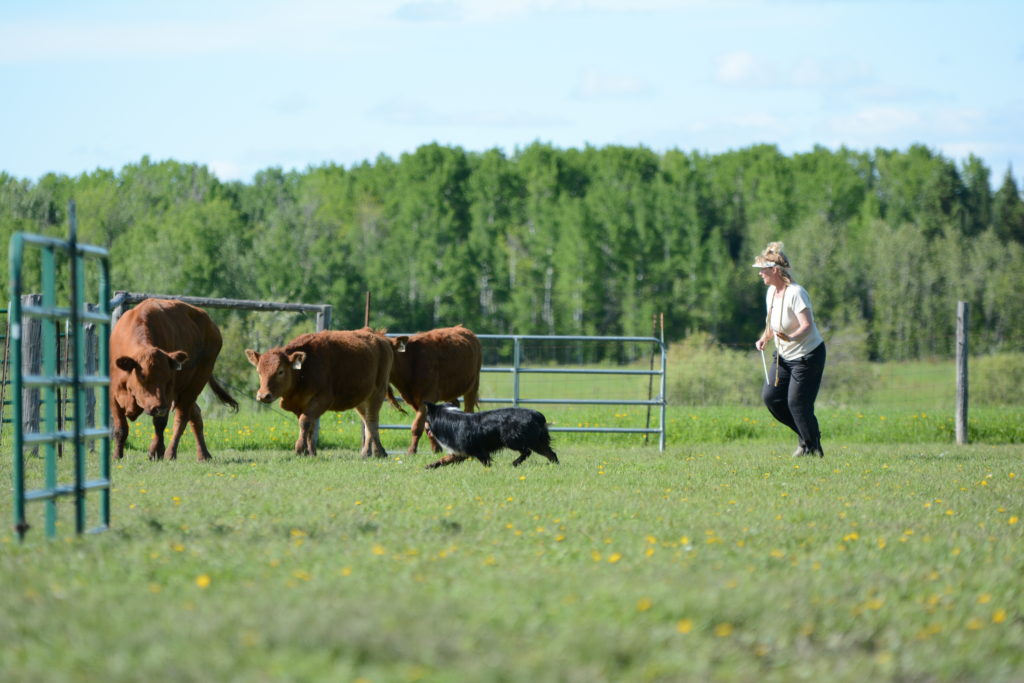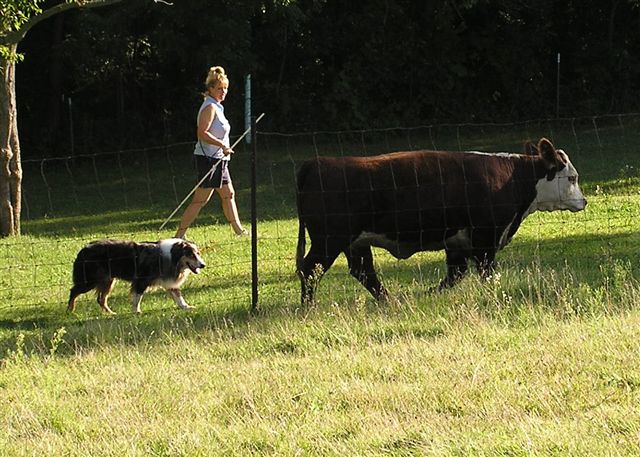
Herding -3 Rings to Master and you are the Ringmaster?
If you have participated in other dog sports such as obedience or agility, you know that anyone can do it, but it takes hard work to become one of the very best. Herding is a complex, very dynamic activity, that requires very hard work even to become average! But don’t worry, it offers a complex challenge and massive reward when you learn to work with an instinctive creature. Without a doubt, herding has been the most challenging dog activity I have ever done amidst many years of a collection of dog activities I enjoy.
The most obvious difference is the concept of 3 separate species working together, with the instinct to herd being a modified hunting behaviour. So in fact it’s more like two species working together to manipulate 1 other. But between me and the dog – I should be the one manipulating him, and him the sheep? To quote Virgil Holland: “The dog is in control of the sheep and you are in control of the dog”. Or so the story goes.
People talk about herding as an activity much like puzzle solving and carry on about its challenges and difficulties compared to many other dog sports or training experiences they have had with their dogs. Not everyone sticks to it, and not everyone can, simply due to the limited access to trainers or livestock. It has become a ‘dog sport’ popular with many who will never own livestock but have an interest in the more instinctive activities dogs were bred to do. The dedication it requires can be much higher than other dog activities and there needs to be a passion about learning more about the complexities of instinct in general, what drives the dog, and what is the livestock’s role and perception as well.
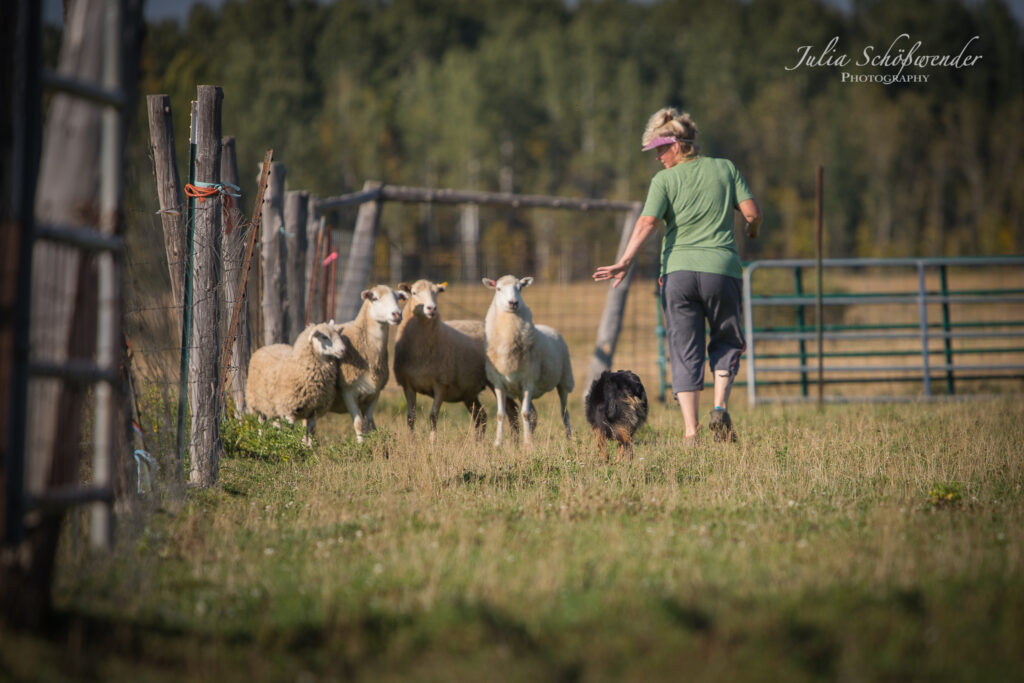
3 invidual species, with specific instincts engaged, provides for a unique workplace. Is it possible to share a common goal?
Not everyone has problems with training herding dogs and it was not always the case. Working with Wally Butler one time at a livestock handling clinic, after he had given a neat little dog named Rusty, I proceeded to show him what I’d been doing with the dog. He had wanted a pup back from the dog I would possibly breed Rusty to, so I showed him her as well. During each dog he made no comments, then after each dog he said the same thing; “Nice work, keep doing what you are doing.? (???? – me waiting for more tools) . Thing is, in Wally’s line of work – and on many ranch jobs, the dogs were set on the ground when they were fast enough to escape danger and the cowboy got back up on the horse and expected the dog to work. For many breeds, those lines were the best kind of Ranch dogs, worked independently, had a natural sense of group, fearless stock work, a good work ethic, and got the job done.
We have changed much in the type of dog we desire today for trialing, as it must take all kinds of handling pressure, much micromanagement, limited independent thinking, and much more handler skill than once before. What hasn’t changed is the importance of understanding livestock. But the old working ranch dog is losing its’ place in the trial arena with the exceptional precision and skills now required to accomplish the course designs and the tasks do not match those particular natural working ranch traits we valued so much.
But I digress. Herding is still a fantastically complex activity whether you are on the farm or in the trial arena and requires a great deal of livestock savvy, handler training and many miles, and skills development for the dog. A good dose of natural ability in the dog makes it look easy to start, but to make it far and successful in the field is hard work. Worth every minute of your time spent with these amazing dogs.
A side story– but a funny one.
A woman once came up to me at an obedience training school inside a big coliseum. There were four rings going and in each, there was an instructor teaching something to a small collection of people. The woman had a large German Shepherd dog on the end of her leash and I recognized her from an instinct test a couple of years back at our farm. She was memorable because she was funny and enthusiastic when she attended an instinct test run by the club a few years earlier. Her dog had done well, and she was so impressed with his ‘natural’ ability, she asked many questions, and said she really wanted to get involved. Then I never heard from her again until that day in the training school 2 years later.
She approached me excitedly and reminded me of her time at the farm, and said she has been very busy with her dog and work etc. She finished by saying she really wanted to come back to herding but she wanted to get all the HARD things out of the way first! Hahahaha, I laughed out loud at her definition of herding as one of the “Easier” things she could do with her dog. But I guess she didn’t know just how complicated herding actually was.
She did in fact come back to herding maybe even a year or two at least later and had finished her CD (obedience title) and a few other things with her dog. He was now 6 or 7 and she wanted to try herding. She was a keen student and attended a couple of clinics on sheep and even went to try some cattle work. The dog was awesome and even though he had lost some athleticism with his years, he was a tough cookie, mellow, and easy to train.
His handler however was aghast at the very dynamics of the sport and was completely challenged. Between trying to figure out what she was supposed to do, why the sheep kept moving, and where was the dog supposed to be: she became frustrated but was so fun and animated when she detailed her experience, it led us all to hysterical tears Listening to her describe her three ring circus. “How can you teach your dog what you want when you don’t know what YOU want!”, she exclaimed… “… and why do these sheep keep trying to kill me! “ … “ I don’t know anything about cows? ! “ Hahahahaha. “ Ducks? OH hell no” she said.
It was hard not to giggle at her complaints because she wasn’t angry. In fact she was quite amusing, since most of us felt the same way at one point or another. Some were still at this stage when they realized, unlike other dogs sports, there was much more to learning what you need to know as a handler, and trying to find a way to teach it to the dog. Just figuring out WHAT you are supposed to be learning can often be unclear. Add a second dimension, Instinct! Add a third, sheep!
Add to this, an ordinarily compliant dog, coming to life with ideas of his own which far over power your wishes. Finally the third dimension of the 3 ring circus is the sheep, or any other type of stock you might choose to work with. Knowing little or nothing about livestock can keep you at a distinct disadvantage compared to someone who might have livestock experience. Your first year or first few experiences for a newbie can be harrowing, if not hilarious looking back! Once you’ve learned a little sheep surfing, felt mugged by your dog, played mental mind games with ducks whom you know have a brain the size of a pea, you learn to be humble.
To quote the ‘Little Hats’ website on the activity of herding: “Where ordinary humiliation just isn’t enough”.
So as you venture into sheepdog training, I often think there should be a whole pre-requisite to work on a farm with farm animals for a number of years to best understand How Sheep think or How Cows think, ducks geese and so on….. A second year or two to best understand Instinct in predators, canines especially, how they hunt, what exactly is Instinct, how herding is really just modified hunting behaviour.
Maybe even living with a prehistoric tribe of early hominids discovering the art of stealth, stalking, standing your ground against other predators, and working with your tribesmen to stay alive would be an asset to starting your herding career. Finally if only there was a machine that could help you think like a dog. Really it’s not all that complicated, it’s really very fun, but be aware there is more at play out there in the field than often meets the eye.
This scenario is unrealistic of course and would simply take the fun out of it. The enjoyment is the journey. Once we have tried herding and experienced the glorious moment you see the spark ignite in your dog because he is doing something which comes naturally to him, it’s almost breath taking. When they naturally fall around to the outside of the entire group of sheep showing a natural sense of group, get to balance as you walk, keeping sheep with you anywhere you move finding balance and keeping the stock grouped, most people are in awe. This is the hook, and if you listen carefully, you will also hear the faint sound of a wallet opening…. Just kidding it can be a very affordable sport, particularly if you do the homework!
Why doesn’t my herding dog work like that other herding dog?
Your herding dog may or may not have come from working lines of a specific breed. According to what sort of use or purpose your breed of dog was intended to work at; farm, ranch trial, strictly cow dog, or sheep field trials, fowl etc., will determine what sort of traits have been selected for to make what he or she is considered to be a good dog. There is no such thing as a perfect dog, and in working dogs, there is a perfect dog for each kind of work but rarely the perfect dog for everything.
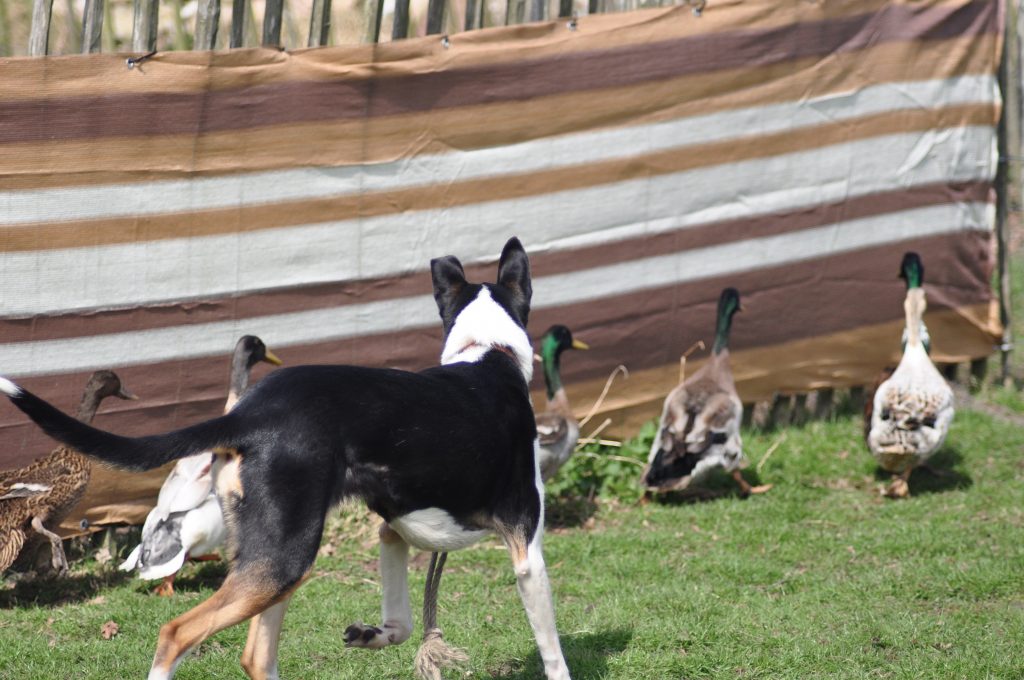
Within a breed there is also specific LINES and whose lines which were selected for herding instinct will vary among bloodlines and within a breed quite readily. Where you get your dog from and how much went into the selection process to create a great dog for herding purposes, poses the question ; What kind of herding? What do you mean? See “Many Breeds Can Herd” in the ARTICLES section of The Talking Dog website.
Learning about livestock will be key
Because herding is a very dynamic, ever changing sport, unlike obedience or agility, the jumps are not moving all over the field like sheep. And because there are at least three significant variables whose behaviour can change by the split second, you must be aware of yourself, your dog and your livestock. As far as dog sports go, there is nothing like it except perhaps other instinctive dog sports; tracking, hunting, pointing, flushing.
In fact, even though we use the terms group, flock, herd, to describe the third variable, there could essentially be a fourth, and often is. An individual in a group, flock or herd, which behaves outside the “norm” for a group or flock etc. There is rarely a group of sheep or ducks or cattle – which move perfectly as a group. More often than not, there is a leader, followers, rogues and even sheep who believe themselves to be invisible and use evolutionary life saving strategies to escape being one of the flock.
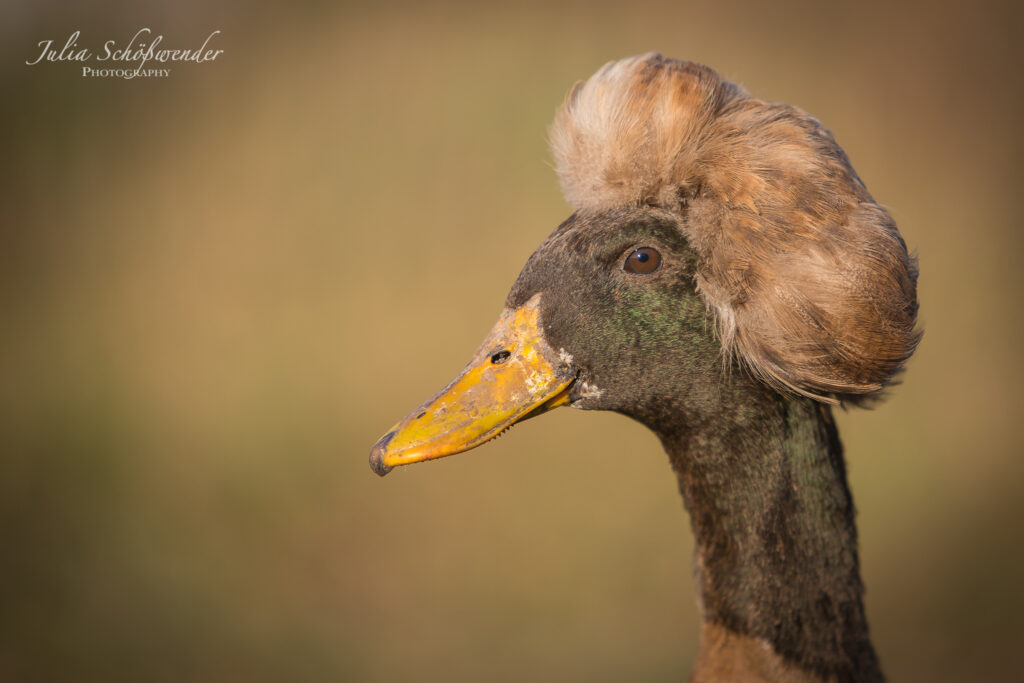
If you have ever trialed, these anomalies, you will understand to be the norm. The importance of understanding livestock is underestimated in herding as a general rule. Those who have a special gift for reading livestock or the benefits of growing up on a farm, might adapt more quickly to reading sheep and have a better understanding of what is going on in their own “circus”.
Gaining Livestock Experience
I have attended several clinics over the years where there were no dogs involved. Just people and livestock and expert handlers demonstrating how to effectively move stock through gaining a better knowledge of what makes them tick. Many people are reluctant to pay good money to attend a “livestock handling” seminar because they want to put the time and money into training with their dogs.
My advice to you is to try as much as you can to get involved in the everyday handling of livestock and try to work with people who respect the stock and handle them with care. Not all sheep are equal, there are sheep, then there are light sheep, heavy sheep, flighty sheep, aggressive sheep, gregarious sheep – and yes some who fail to see the point of sticking together at all. Within breeds and among breeds of sheep, cattle and fowl, there are many different collective, and individual behaviours. Bloodlines in livestock can operate in the same fashion as they do with the dogs. Many ranchers may selectively breed for strong mothering instincts and therefore possibly more aggressive stock to handle range life adept at handling predators. While other ranchers/farmers may be breeding for calm docile animals (like dairy cattle) made easier to handle for both human and dog.
Enjoy your three ring circus and when you begin, apply for the Ringmaster job as you will probably like that job best unless you like shovelling elephant poop with your dog as your boss. Really, herding is a lot of fun!
See other Talking Dog courses ( coming soon) on each individual type of livestock (sheep, cattle, fowl) that describe each species and try to explain; variations in livestock, how they see, their behaviour as a group, individual behaviours, specific breeds, and purpose. See Sheep, Cattle, Ducks and Geese.
